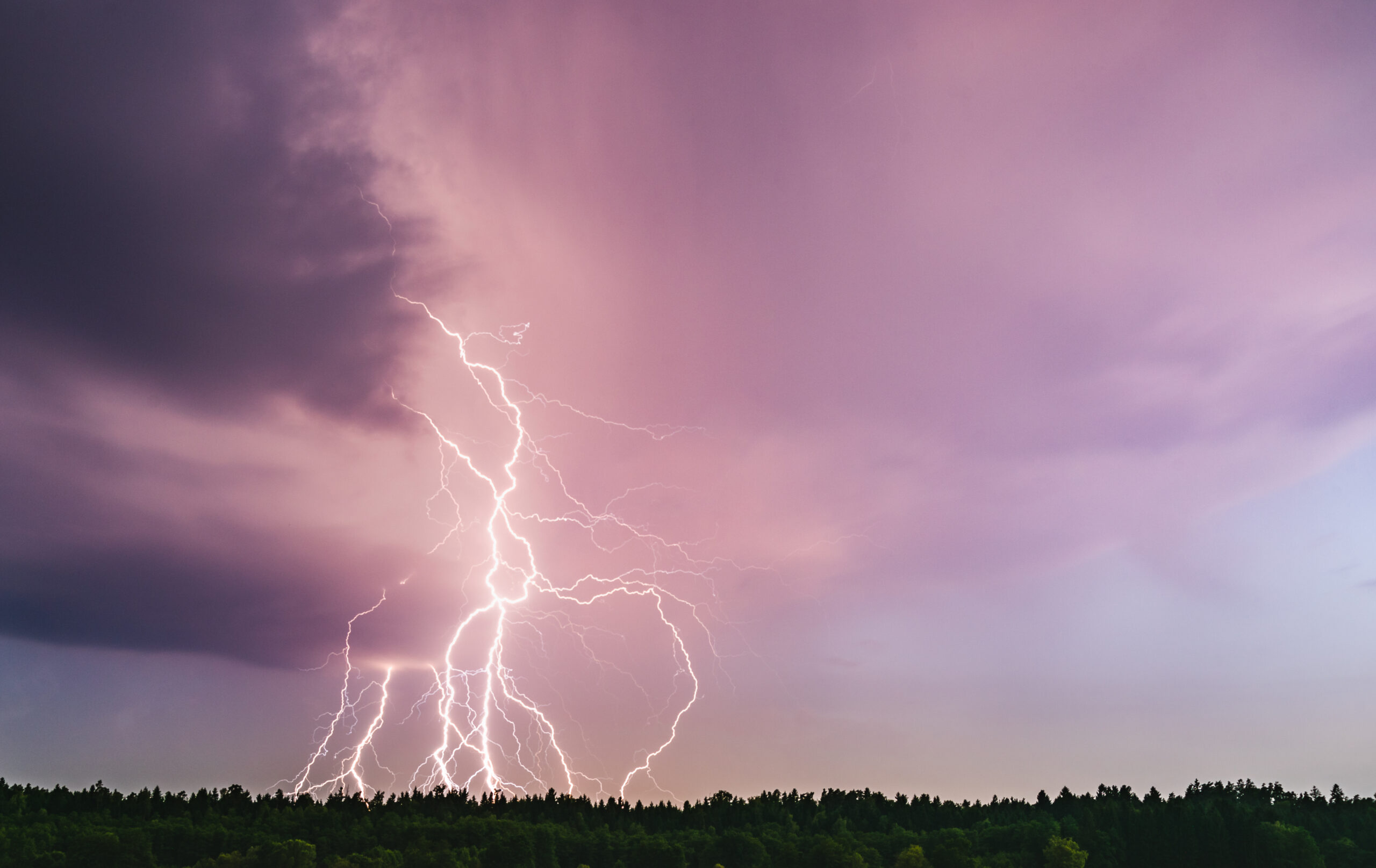
Large scale thunderstorm asthma attacks have occurred in Australia for the last 35 years, however it was only brought to the forefront of the general public’s collective knowledge in 2016 after an unprecedented event that saw 10 fatalities.
Since then, with each hay fever season comes a fear that an event of that scale will occur again. As with any allergies, it’s important to arm yourself with knowledge. As spring approaches, we thought it important to outline thunderstorm asthma facts and what you can do if you believe you may be susceptible to it.
What Causes Thunderstorm Asthma
Thunderstorm asthma occurs when a certain type of asthma is triggered by an uncommon combination of high pollen and a certain type of thunderstorm. This combination usually happens in late spring to early summer.
Essentially, grass pollens get swept up into the clouds by the wind and carried long distances. When these pollens become moist, they can burst open releasing tiny particles that are concentrated in the wind gusts of a storm. These particles can by tiny enough to breathed in deeply, sometimes triggering asthma symptoms. Unfortunately, these symptoms can become very severe, very quickly.
Who Can It Effect?
Thunderstorm asthma can affect those suffering from asthma or hay fever, in particular those that find themselves wheezing or coughing during pollen season. It can also affect those with undiagnosed asthma and those that have suffered asthma in the past but currently do not.
What to Do if You’re At Risk
If you suffer from pollen asthma and believe you could be at risk during a thunderstorm it’s vital that you speak with your healthcare professional and develop an asthma plan. Find out if your asthma is currently being treated effectively, and ensure your preventer is readily available.
Ensure that you are aware of when thunderstorms are forecast, particularly in spring when the pollen count is forecast at HIGH or EXTREME. In the event of thunderstorm asthma occurrence, know the signs of worsening asthma symptoms, follow your action plan, and if at any time you feel as though your asthma is rapidly worsening then call 000. An asthma attack, especially at this time of year can be life threatening.
If you’re still curious about the effects and symptoms of Thunderstorm asthma, please contact your doctor. Alternatively, ensure your clinic is well equipped in the lead up to hay fever season, and contact the team at Team Med.
